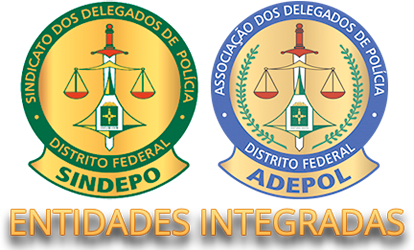Interobserver Agreement Percentage
As a copy editor well-versed in search engine optimization, it is important to understand technical terms and concepts that may come up during the editing process. One such term is “interobserver agreement percentage,” which refers to the level of agreement between two or more observers or raters when evaluating the same data.
Interobserver agreement percentage is commonly used in research studies that involve subjective evaluations, such as rating the severity of a disease or the effectiveness of a treatment. When multiple observers are involved in the evaluation process, it is important to assess the level of agreement between them to ensure the reliability and validity of the results.
The interobserver agreement percentage is calculated by comparing the ratings assigned by each observer and determining the level of agreement between them. The percentage can range from 0% (no agreement) to 100% (complete agreement), with higher percentages indicating higher levels of agreement between observers.
For example, if three observers rate the severity of a disease on a scale of 1-10, and their ratings are 5, 6, and 7, the interobserver agreement percentage can be calculated as follows:
– Step 1: Identify the highest and lowest ratings given by the observers. In this case, the highest rating is 7 and the lowest rating is 5.
– Step 2: Calculate the range of the ratings by subtracting the lowest rating from the highest rating. In this case, the range is 2.
– Step 3: Determine the number of agreements between the observers. In this case, there are no agreements since each observer gave a different rating.
– Step 4: Calculate the interobserver agreement percentage by dividing the range by the maximum possible range (i.e., the total number of possible ratings on the scale). In this case, the maximum possible range is 9 (10 minus 1), so the interobserver agreement percentage is 22.2% (2/9 x 100).
A high interobserver agreement percentage indicates that the observers are consistent in their evaluations and have a shared understanding of the criteria being used. This increases the reliability and validity of the results and ensures that any differences between observers are due to genuine discrepancies in the data rather than variations in their ratings.
In conclusion, as a copy editor with SEO expertise, it is important to understand technical terms like “interobserver agreement percentage” to ensure that the content you are editing is accurate, reliable, and valid. Understanding these concepts also enhances your ability to communicate with authors and researchers, which can help improve the overall quality of the content you produce.
